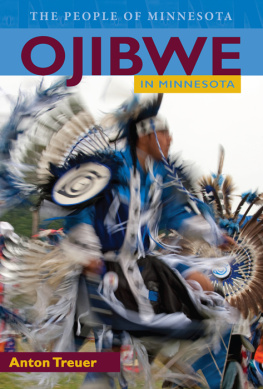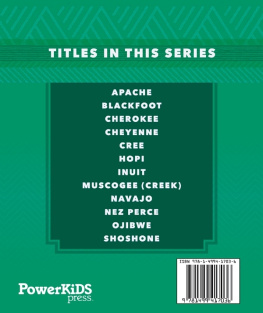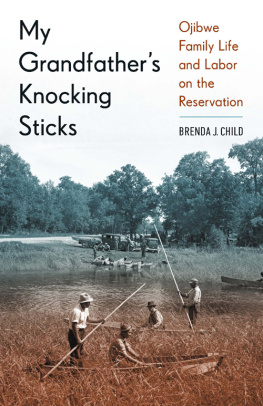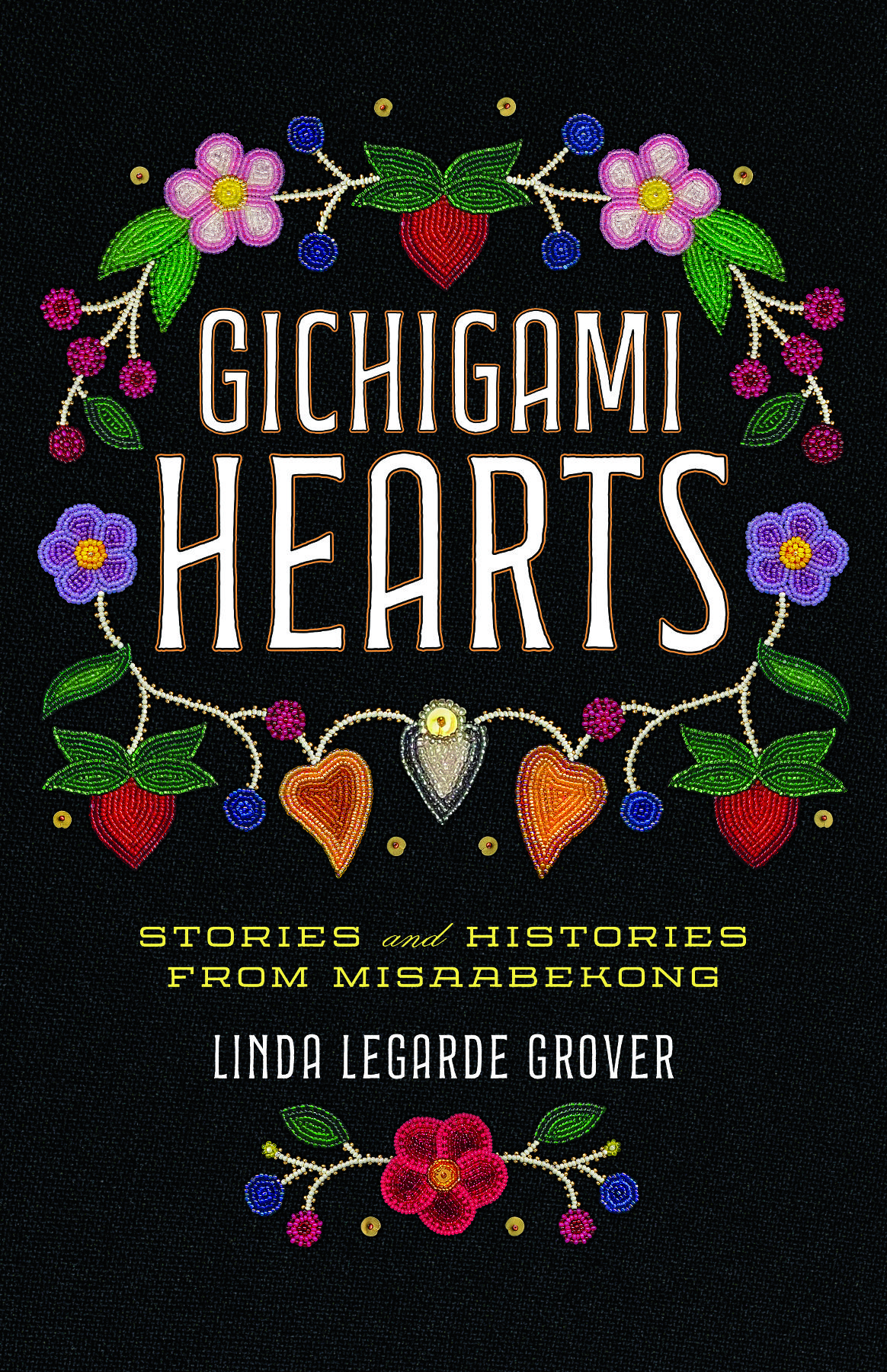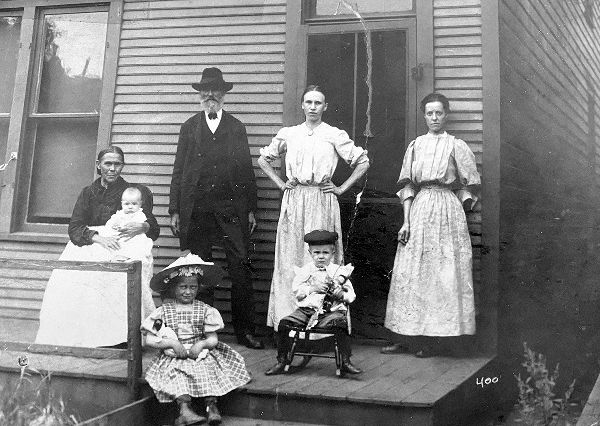Linda LeGarde Grover - Gichigami Hearts: Stories and Histories from Misaabekong
Here you can read online Linda LeGarde Grover - Gichigami Hearts: Stories and Histories from Misaabekong full text of the book (entire story) in english for free. Download pdf and epub, get meaning, cover and reviews about this ebook. year: 2021, publisher: University of Minnesota Press, genre: Home and family. Description of the work, (preface) as well as reviews are available. Best literature library LitArk.com created for fans of good reading and offers a wide selection of genres:
Romance novel
Science fiction
Adventure
Detective
Science
History
Home and family
Prose
Art
Politics
Computer
Non-fiction
Religion
Business
Children
Humor
Choose a favorite category and find really read worthwhile books. Enjoy immersion in the world of imagination, feel the emotions of the characters or learn something new for yourself, make an fascinating discovery.

- Book:Gichigami Hearts: Stories and Histories from Misaabekong
- Author:
- Publisher:University of Minnesota Press
- Genre:
- Year:2021
- Rating:3 / 5
- Favourites:Add to favourites
- Your mark:
Gichigami Hearts: Stories and Histories from Misaabekong: summary, description and annotation
We offer to read an annotation, description, summary or preface (depends on what the author of the book "Gichigami Hearts: Stories and Histories from Misaabekong" wrote himself). If you haven't found the necessary information about the book — write in the comments, we will try to find it.
Award-winning author Linda LeGarde Grover interweaves family and Ojibwe history with stories from Misaabekong (the place of the giants) on Lake Superior
Long before there was a Duluth, Minnesota, the massive outcropping that divides the city emerged from the ridge of gabbro rock running along the westward shore of Lake Superior. A great westward migration carried the Ojibwe people to this place, the Point of Rocks. Against this backdropMisaabekong, the place of the giantsthe lives chronicled in Linda LeGarde Grovers book unfold, some in myth, some in long-ago times, some in an imagined present, and some in the authors family history, all with a deep and tenacious bond to the land, one another, and the Ojibwe culture.
Within the larger history, Grover tells the story of her ancestors arrival at the American Fur Post in far western Duluth more than two hundred years ago. Their fortunes and the familys future are inextricably entwined with tales of marriages to voyageurs, relocations to reservation lands, encounters with the spirits of the lake and wood creatures, the renewal of lifein myth and in art, the search for meaning in the transformations of our day is always vital. Finally, in one mans struggles, age-old tribulations, the intergenerational traumas of extended families and communities, and a uniquely Ojibwe appreciation for the natural and spiritual worlds converge, forging the Ojibwe worldview and will to survive as his legacy to his descendants.
Blending the seen and unseen, the old and the new, the amusing and the tragic and the hauntingly familiar, this lyrical work encapsulates a way of life forever vibrant at the Point of Rocks.
Linda LeGarde Grover: author's other books
Who wrote Gichigami Hearts: Stories and Histories from Misaabekong? Find out the surname, the name of the author of the book and a list of all author's works by series.


